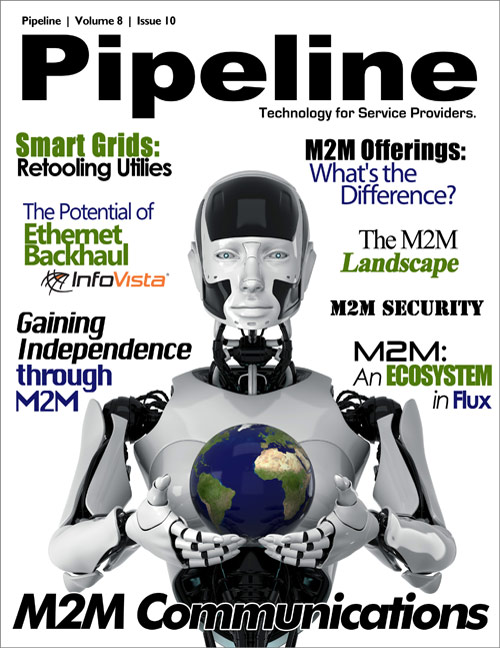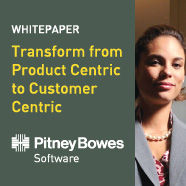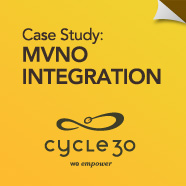However, in order for CSPs to stand out from their peers as they build towards the massive promise of the market, they must clearly define to their prospective customers what they’re capable of offering and why it stands out from what their competitors offer. We’ll loosely group these differentiations into four major categories:
1: Device type
This category is just a matter of lexicon check. M2M is a broad term for a massive sweep of offerings connecting a hugely diverse array of devices. When we talk about M2M, we’re talking about a common strategy, but thousands of different industry segments and sets of network demands. Smart utility meters do not have the same requirements as complex digital billboards. Telematics have different requirements than connected consumer electronics.
While most service providers have distinct working groups for the most distinct verticals, there are still a number of ways that service providers can differentiate services in a way that recognizes that not all M2M requirements are the same.
2: Service speed (or, more appropriately, network generation)
In European and most Asian markets, this is largely a non-issue, as 2G networks are meeting the needs of M2M subscribers fairly well, and there’s no clamor for network upgrades. However, as Gwenn Larsson of Telenor’s M2M arm summed up nicely in a blog post during CTIA last autumn, U.S. providers aren’t so content to leave well enough alone, opting for 3G or even 4G upgrades for M2M connections.
While some connected devices could require high bandwidth, low latency connections (boards streaming video come to mind), Larsson points out that 99% of connected devices would be just fine with a 2G connection. So what gives? The goal is most likely future-proofing the connections, which not only aids in establishing some of that marketing persona, but also allows for longer-term contracts with a more distant sunset for the technology at hand, which, for some agreements, comes in mighty handy. Still, whether this distinction is worth the additional network cost is a decision that service providers and enterprise customers must answer for themselves.
3: Plan Flexibility
As with the consumer voice or data market, even when service providers are offering similar types of plans on similar networks, flexibility can be an important differentiator. M2M customers, like other consumers, want plans that meet their needs, and given the widely diversified nature of M2M applications, those needs may vary greatly. “Our service plans are flexible and offer a variety of solutions from rate cards and pooled data plans and can be customized on an application by application basis,” Brian Huey, Sprint’s Business Development and Strategy Manager for Smart Grid and Utilities, told Pipeline, citing that some users may need long-term contracts during which devices may need few upgrades, whereas other users may need to update devices and plans on a shorter timeline. “Further, in cases like public safety, government and utilities, we can offer our Custom Network Solutions Group. With CNS, we can partner with these entities to build antenna sites or in-building solutions and create a win-win partnership.” Huey also emphasizes Sprint’s available emergency response teams (ERTs), which can respond quickly to repair network outages or other emergencies.
4: Baked-in goodies
When the conversations taking place on a network are between machines, rather than people, it becomes more essential than ever that those networks be intelligent and transparent enough to correct faults and allow access quickly and with minimal intrusion. That means building in lots of functionality that allows enterprise customers to be able to have access into the workings of their unmanned network, but a reliable enough level of autonomy so that they won’t have to intrude more often than they need to. “With our M2M solutions, we offer IP convergence, scalable solutions, managed services, system reliability, security, as well as other business factors,” said Huey.
In addition, Huey says that Sprint has specific offerings that allow M2M customers the ability to actively manage their devices from a single, easy-to-use location. “Sprint Command Center allows partners and customers to manage, activate, deactivate devices all from a Single Portal,” said Huey. “Additionally, we allow partners to build APIs direct into the platform such that this information can be integrated with a customer’s OSS or NMS.”
In addition, Huey notes that Sprint includes several platform enablers that “can assist M2M Developers and Customers in hosting and managing their M2M data.”








